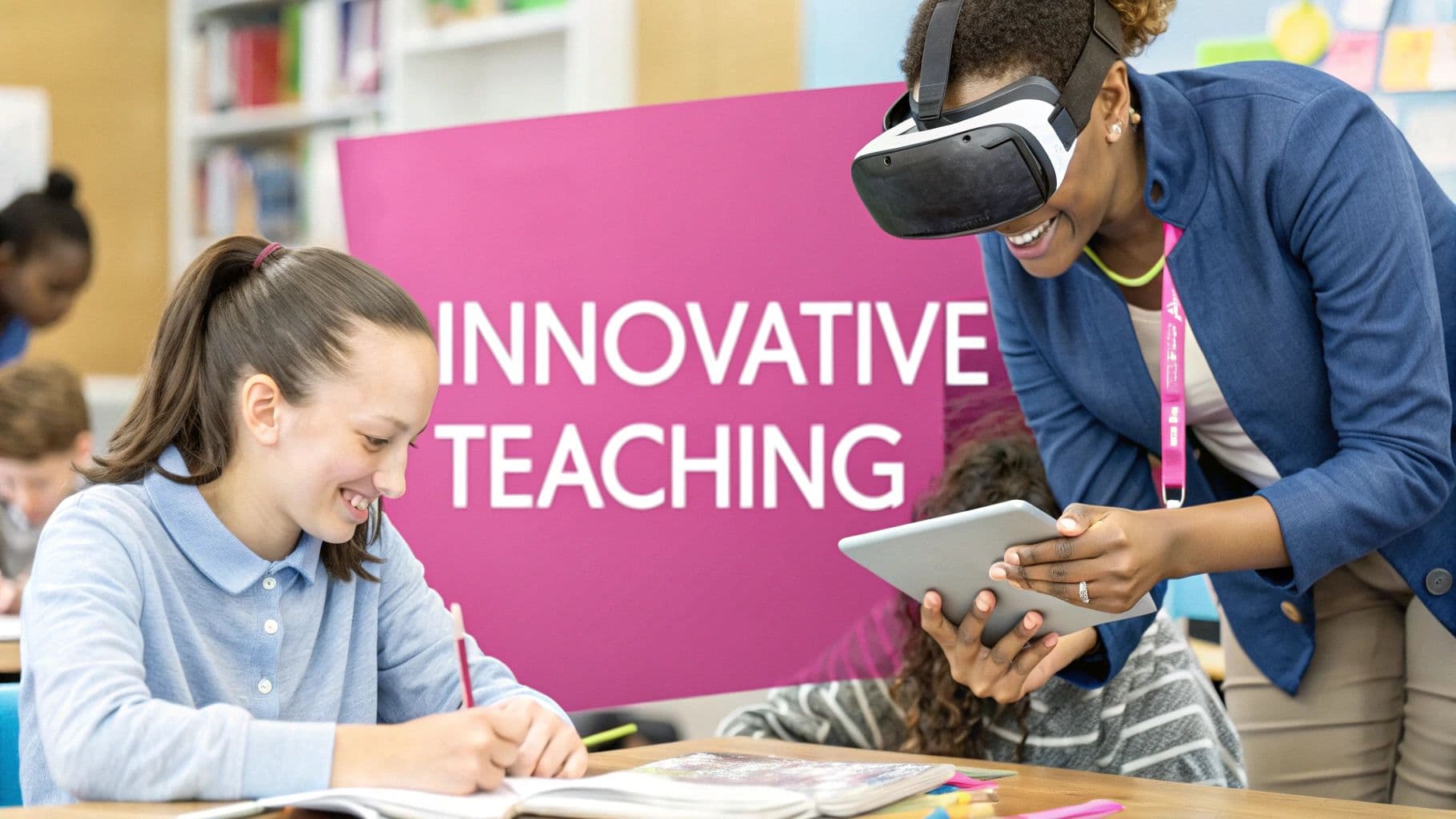
Innovative Teaching Methods: The Ultimate Guide to Modern Education Success
Project-Based Learning: The New Standard in Student Engagement
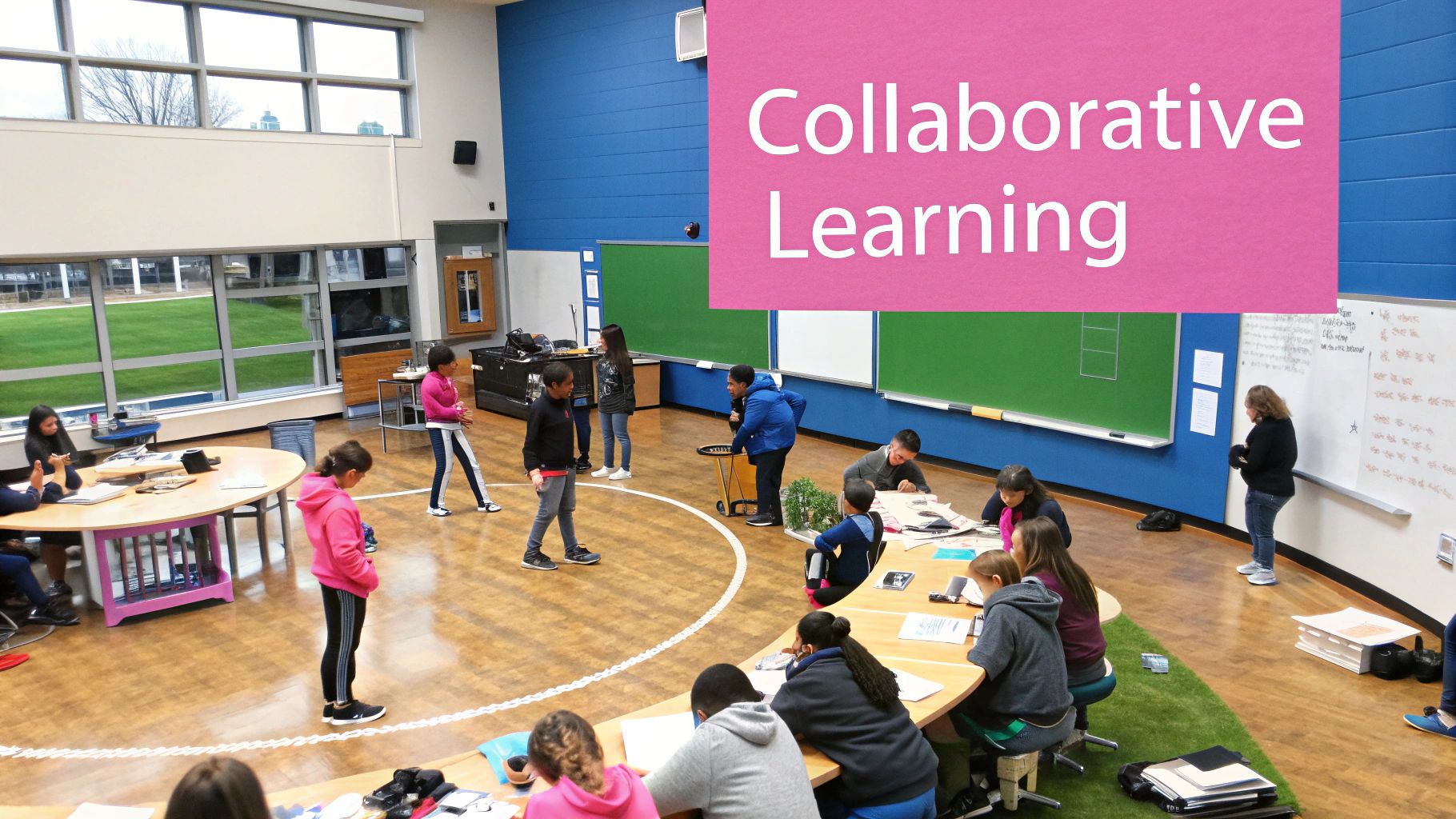
The traditional classroom model of lectures and memorization is giving way to a more engaging approach – Project-Based Learning (PBL). This teaching method puts students in the driver's seat, having them tackle real-world challenges that require active problem-solving. When students apply their knowledge to meaningful projects, they develop a deeper understanding of concepts while building essential skills for the future.
Designing Engaging and Effective Projects
The foundation of successful PBL starts with a compelling driving question. Rather than asking students to simply learn facts, effective projects pose open-ended challenges that connect to students' lives and interests. For example, instead of memorizing renewable energy facts, students might develop an actual energy conservation plan for their school building. The key is establishing clear learning goals upfront while giving students room to explore creative solutions. This balance allows projects to meet curriculum requirements while fostering student ownership.
Structuring PBL for Success
Just like any major undertaking, PBL projects need clear organization and milestones. Breaking down complex projects into manageable phases helps prevent students from feeling overwhelmed. Regular check-ins allow teachers to guide progress and provide feedback along the way. For instance, a historical research project might start with initial source gathering, move to analysis of findings, and culminate in creative presentations. While the overall structure keeps things on track, students should have flexibility to adjust their approach based on what they discover.
Facilitating Collaboration and Reflection
Group projects prepare students for real workplace scenarios by developing teamwork abilities. Students learn to divide responsibilities, communicate effectively, and merge individual contributions into polished final products. Beyond the project deliverables, PBL emphasizes ongoing reflection. When students document their process and analyze both successes and setbacks, they gain valuable insights about their own learning approaches. This combination of collaboration and self-reflection creates deeper understanding that extends beyond any single project.
Overcoming PBL Challenges
While PBL offers clear benefits, implementing it effectively requires careful planning. Teachers need strategies to maintain academic rigor while supporting student independence. Clear guidelines, regular feedback sessions, and structured milestones help strike this balance. The time investment for planning and executing PBL can seem daunting at first. However, the lasting impact on student engagement and skill development makes it worthwhile. By thoughtfully designing projects and focusing on core learning objectives, educators can successfully bring PBL into their classrooms and prepare students with real-world capabilities.
How Strategic Technology Enhances Modern Teaching
Technology in education goes far beyond using basic digital tools – it's about creating engaging learning experiences that help students master concepts in new ways. When used effectively, educational technology can open up possibilities that weren't available before.
Making Learning Come Alive With Virtual and Augmented Reality
Imagine stepping into ancient Rome during history class or examining the human body layer by layer in biology. Virtual reality (VR) and augmented reality (AR) make these immersive experiences possible. VR creates complete digital environments while AR adds digital elements to the real world – allowing students to interact with and manipulate 3D content. For instance, medical students can rotate and explore detailed models of organs and body systems through AR apps, gaining deeper understanding through hands-on interaction. This type of experiential learning helps information stick better since students actively engage with the material using multiple senses.
Building Teams Through Digital Collaboration Tools
Online platforms enable new ways for students to work together, even when they're not in the same room. Students can jointly write papers in shared documents, manage group projects through task-tracking tools, and give each other feedback on work. For example, a student team might use Google Docs to collaboratively draft their research paper while using Trello to assign tasks and track deadlines. These digital collaboration skills prepare students for future work environments where remote teamwork is common.
Handling Technology Integration Thoughtfully
Adding technology requires careful planning to be effective. Teachers need strategies to:
- Ensure all students have equal access to devices and digital resources
- Balance screen time with other learning activities
- Maintain meaningful face-to-face interactions and relationships
- Build students' digital literacy skills
It's important to use technology purposefully rather than defaulting to digital options. This means mixing tech-enabled activities with hands-on projects and in-person discussions. Teachers should create opportunities for both digital and interpersonal skill development. Like any teaching method, technology integration works best when it's structured thoughtfully to support clear learning goals. With intentional planning, teachers can harness technology's benefits while preserving the human elements that make learning meaningful.
Mastering the Flipped Classroom Model
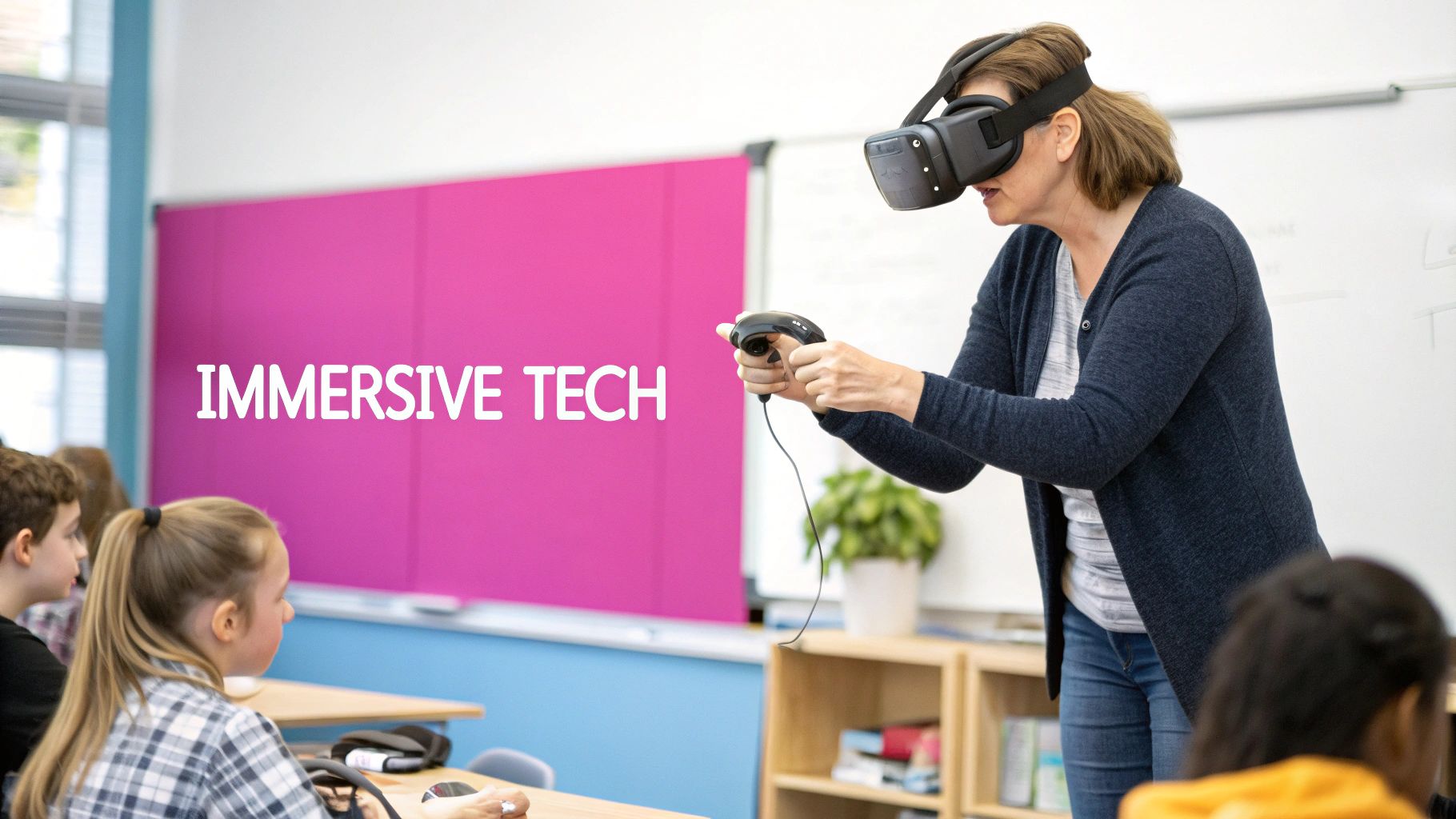
The flipped classroom puts a fresh spin on traditional teaching. Students study core concepts at home through videos and readings, which opens up class time for hands-on activities and deeper discussions. During class, teachers can focus on guiding students through practical applications while addressing individual questions and needs. This approach helps create an environment where students actively engage with the material rather than passively listening to lectures.
Creating Engaging Pre-Class Content
The foundation of an effective flipped classroom lies in the quality of pre-class materials. Clear, concise video lessons combined with interactive elements keep students focused and help them grasp key concepts before class begins. For instance, a 10-minute video explaining photosynthesis could include periodic check-in questions to ensure understanding. Teachers can also provide diverse learning options like audio recordings or interactive diagrams to match different learning preferences. When students connect with the pre-class content, they come to class ready to dive deeper.
Designing Effective In-Class Activities
Class time becomes much more dynamic when students arrive already familiar with the basics. Teachers can organize small group projects, debates, problem-solving challenges, and practical experiments that put knowledge into action. For example, after learning about argumentative writing at home, students might work in teams to analyze real-world examples and craft their own persuasive pieces. These collaborative activities help students develop critical thinking skills while reinforcing their understanding through direct application.
Maintaining Student Accountability
Getting students to complete pre-class work consistently requires a balanced approach. Quick online quizzes or short reflection posts can track engagement, but the real key is making the material genuinely interesting and relevant to students' lives. When students see how concepts connect to their interests and goals, they're naturally more motivated to prepare for class. Simple accountability measures combined with engaging content help ensure students show up ready to participate fully.
Measuring Success in a Flipped Classroom
Evaluating a flipped classroom's effectiveness requires looking beyond standard test scores. Teachers should observe how actively students participate in discussions, assess the depth of their project work, and gather regular feedback about what's working well or needs adjustment. For example, tracking how students apply concepts during in-class activities often reveals more about their understanding than traditional quizzes alone. Regular check-ins with students through surveys and conversations help teachers fine-tune their approach. This ongoing assessment process ensures the flipped model continues meeting students' learning needs effectively.
Student-Centered Learning: Building Tomorrow's Leaders
The classroom is changing. Student-centered learning moves away from traditional teaching methods by putting students in charge of their own education. Rather than simply receiving information from teachers, students actively participate in and guide their learning journey. This shift helps students develop deeper understanding while building essential skills they'll need for future success.
Empowering Student Voice and Choice
When students have input into what and how they learn, engagement and motivation flourish. Teachers might let students choose research topics aligned with their interests or select different ways to demonstrate their knowledge. For instance, in a history class studying ancient civilizations, one student might create an architectural model of the Roman Colosseum while another writes and performs a dramatic scene about daily life in ancient Egypt. This freedom to pursue individual interests makes learning more meaningful and memorable.
Cultivating Self-Directed Learning Skills
The student-centered approach helps develop crucial independence and self-management abilities. Students learn to set goals, manage their time, and find resources on their own. Teachers shift from lecturing to coaching, offering guidance while letting students take the lead. These skills serve students well beyond the classroom – in college, careers, and lifelong learning. As students practice making decisions about their education, they gain confidence in their ability to learn independently.
Differentiating Instruction to Meet Diverse Needs
Every student learns differently, which is why student-centered classrooms offer various ways to engage with content and show understanding. A lesson might include readings, videos, hands-on activities, and group discussions to accommodate different learning preferences. Students can also work at their own pace and choose assessment methods that play to their strengths – whether that's giving a presentation, writing a paper, or creating a project. This flexibility helps ensure all students can succeed.
Maintaining Academic Rigor in a Student-Centered Environment
Some worry that giving students more control means lowering standards. However, when implemented thoughtfully, student-centered learning can deepen understanding through active engagement with concepts. Teachers maintain high expectations by setting clear learning goals, designing challenging projects, and providing regular feedback. Students learn material thoroughly because they're applying knowledge in meaningful ways, not just memorizing facts. The focus shifts from simply covering content to developing real understanding and critical thinking skills.
Real-World Problem Solving That Actually Works
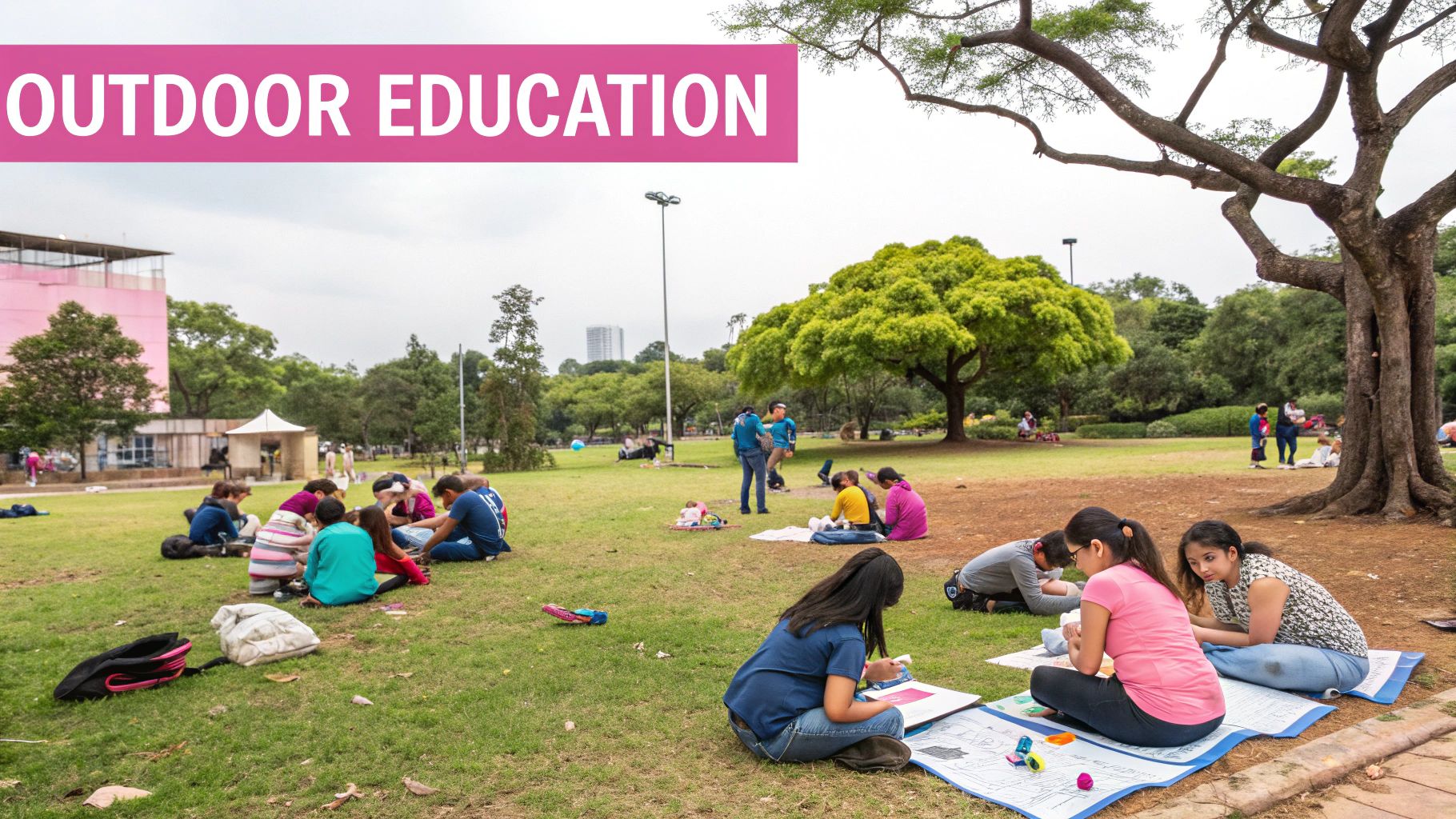
Preparing students for life beyond the classroom requires moving past traditional teaching methods. When students engage with real challenges that matter to them, learning becomes meaningful and practical. By working through complex problems connected to their lives and communities, students develop critical thinking abilities they can apply in any situation. This approach helps them grasp key concepts more deeply while building skills they'll use throughout their lives.
Designing Authentic Problem-Solving Experiences
The most effective problem-solving activities center on challenges students can relate to personally. Rather than working through generic textbook examples, students tackle problems with real stakes and multiple possible solutions. For instance, a math class might plan a community garden – considering space limitations, plant requirements, and costs. This type of project reflects the kinds of challenges professionals face daily and encourages students to think creatively while working together. The focus shifts from memorizing facts to applying knowledge in practical ways.
A Framework for Real-World Problem Design
Like any well-planned project, problem-solving activities need clear structure and direction. A solid framework keeps students focused while encouraging them to explore different approaches. These key steps guide the process:
- Define the Problem: Clearly outline what needs to be solved
- Gather Information: Research and collect relevant data
- Generate Solutions: Develop multiple potential approaches
- Evaluate Solutions: Compare the strengths and drawbacks of each option
- Implement and Refine: Put the plan into action and adjust as needed
- Reflect and Communicate: Document the process and share results
This systematic approach mirrors how problems are solved in professional settings and helps students develop effective problem-solving habits.
Assessment Strategies for Real-World Solutions
Measuring success in problem-solving requires looking beyond right and wrong answers. Focus should be on the process, teamwork, and how students explain their choices. Assessment rubrics might consider:
| Criteria | Description |
|---|---|
| Problem Analysis | How well did students define and understand the problem? |
| Information Gathering | How effectively did they research and collect relevant information? |
| Solution Development | How creative and practical were their proposed solutions? |
| Collaboration | How effectively did they work together as a team? |
| Communication | How clearly did they present their findings and justify their choices? |
This approach provides deeper insight into student learning than traditional tests. For example, watching how students handle disagreements during group work reveals more about their collaboration skills than any multiple choice question could.
Building Community Partnerships for Authentic Challenges
Connecting with local organizations brings real problems directly into the classroom. These partnerships give students opportunities to work on issues that affect their own community. A science class might team up with environmental groups to study local water quality, for instance. This hands-on work shows students how their learning applies to real situations while allowing them to make meaningful contributions to their community. When students see direct connections between their schoolwork and the world around them, they better understand why their education matters.
Assessment Strategies for Modern Learning Environments
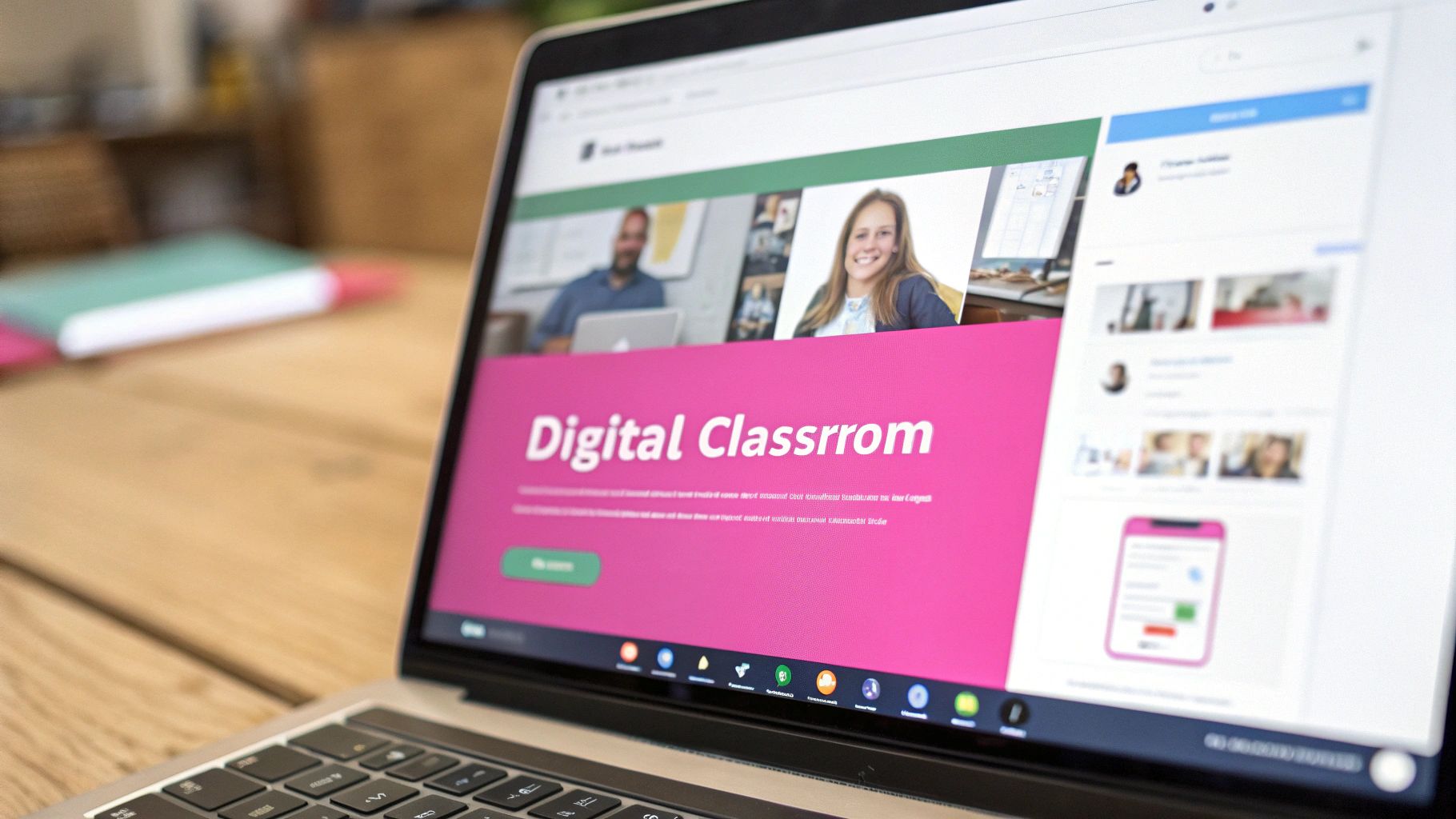
The way we assess student learning needs to match how students actually learn. While traditional tests have their place, they often miss the deeper understanding that comes from hands-on, active learning. We need assessment approaches that can measure both knowledge and practical skills. Let's explore some effective ways to evaluate student learning in today's educational settings.
Rethinking Traditional Assessment Methods
Think of standardized tests like measuring a cake by weight alone – you'd miss out on taste, texture, and presentation. Similarly, traditional tests provide limited insight into what students truly understand. A student who works well in a team project often demonstrates better comprehension than someone who simply memorizes facts for a quiz. We need to look at student learning from multiple angles to get the full picture.
Embracing Performance-Based Assessments
When students apply their knowledge to real situations, we see what they truly understand. Instead of testing grammar rules in isolation, have students write persuasive essays about topics they care about. Rather than memorizing science facts, let them design and run experiments. This shows how well they can use what they've learned – just as we judge a chef by tasting their food, not by watching them chop vegetables.
Using Rubrics to Evaluate Complex Skills
Clear rubrics help teachers fairly assess complex work while showing students exactly what good performance looks like. For a history project, the rubric might evaluate research depth, argument clarity, and creative presentation. Good rubrics guide both teaching and learning by spelling out expectations and helping teachers give specific feedback focused on improvement.
The Power of Digital Portfolios
Digital portfolios tell the story of a student's learning journey over time. Unlike single test scores, portfolios show growth through actual work samples, learning reflections, and skill development evidence. Students can showcase their best work across different subjects and projects, giving teachers and parents a rich view of their abilities and progress.
Implementing Authentic Demonstrations of Learning
Real-world tasks reveal how well students can apply their skills. Marketing students might create actual business plans, while science students could design solutions to environmental problems in their community. For example, coding students could build an app that addresses a local need, showing both technical ability and practical problem-solving skills. This authentic approach helps students connect classroom learning to the real world while giving teachers better insight into their capabilities.
Ready to transform your learning experience? Notescast helps you convert study materials into engaging videos and summaries, making learning more efficient and enjoyable. Check it out at https://notescast.app
